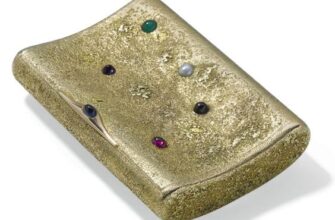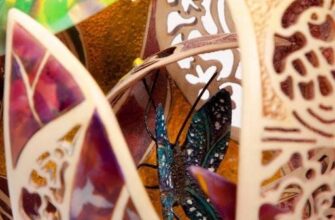Opals are a fascinating and varied world of gemstones with a famous history full of legends and superstitions that match their stunning beauty and captivating rainbow of color.

The opal family includes such a mixed assortment of looks, textures, colors and backgrounds that it's sometimes hard to believe they're all part of the same group!

This article will focus on the boulder opal, a unique native of Queensland, an Australian state known for its tropical beaches, dense rainforests, red deserts and incredible wildlife.

The coast looks like a paradise. Well, we are going for opals in the harsh desert conditions of Queensland!
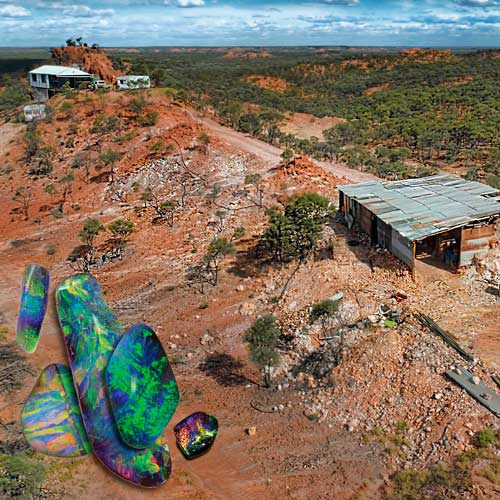
The Queensland opal deposit is spread over a vast area approximately 1200 kilometers long and 400 kilometers wide, this formation is a geological series of the Cretaceous period, (145-66 million years ago).
Boulder opal was first discovered here in 1869.
Queensland boulder opal is one of the finest and most exotic gemstones in the world and comes in many shapes and colors!
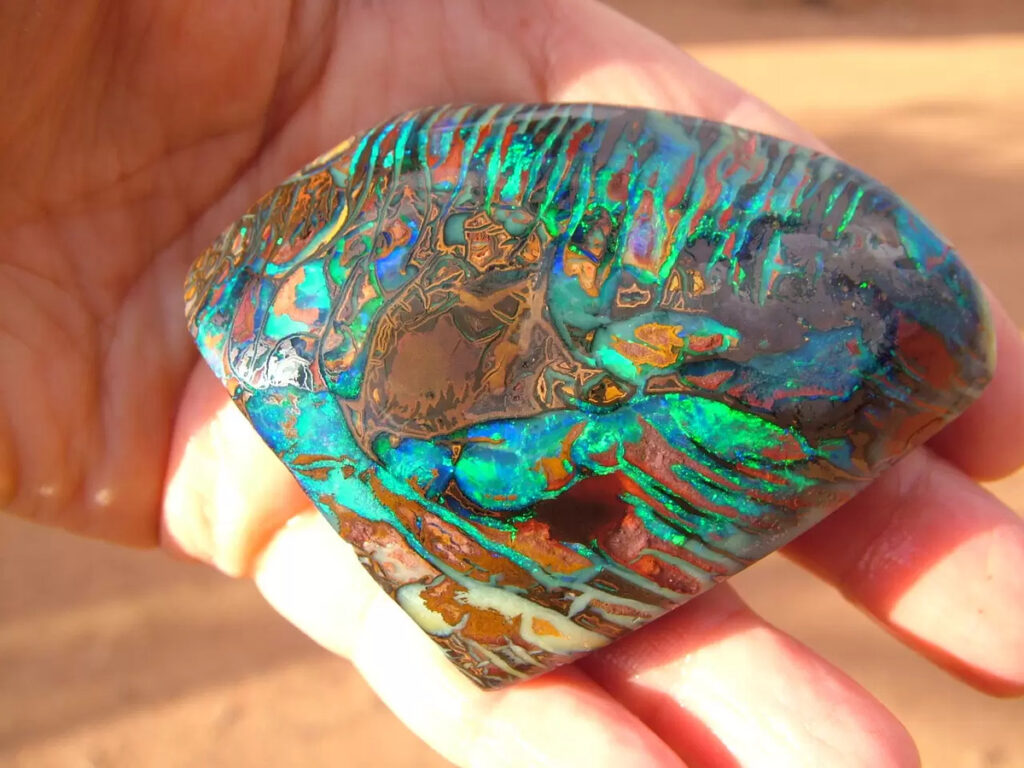
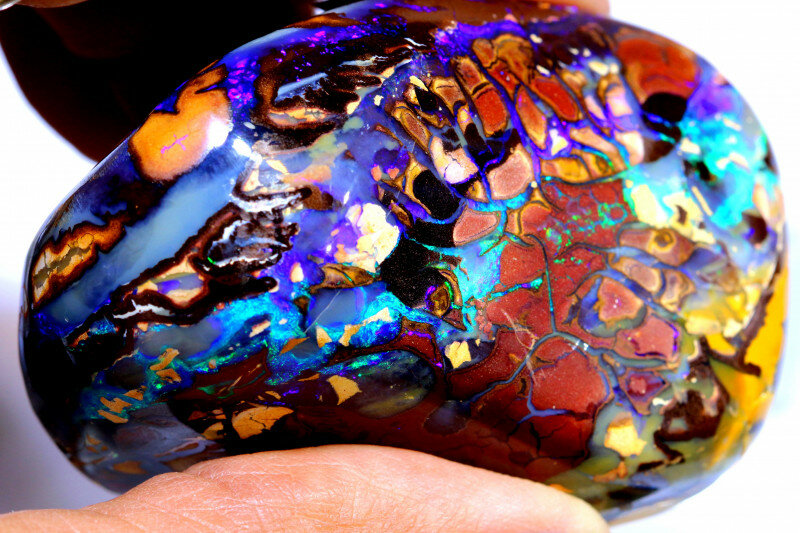
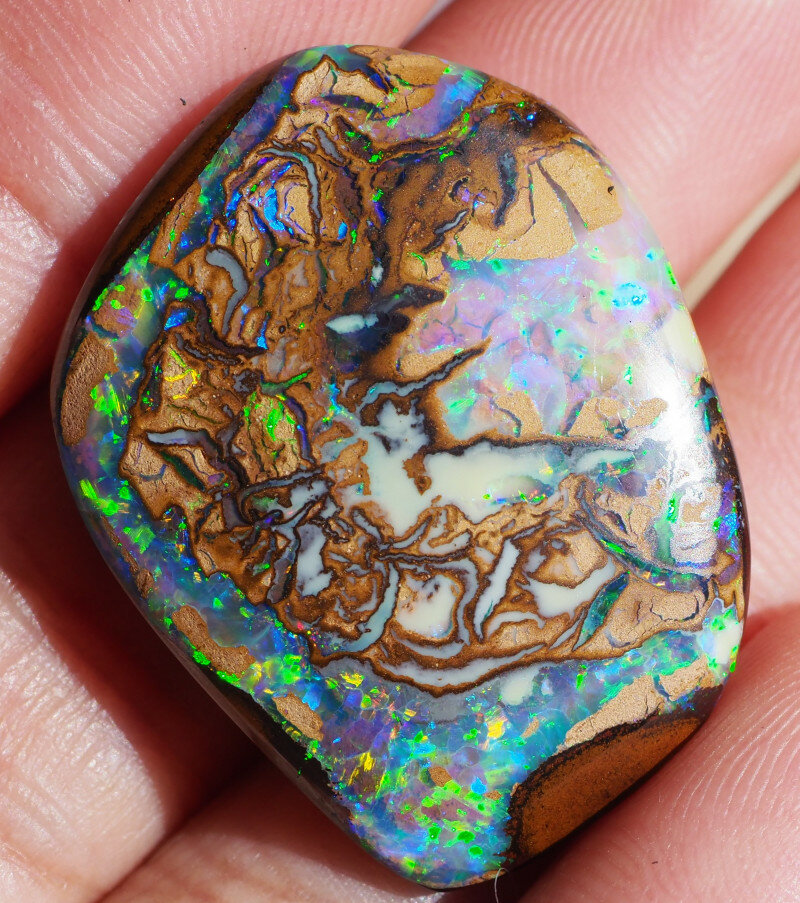
Boulder opal is defined as natural opal that occurs in "veins" or "pockets" in sedimentary ironstone or sandstone boulders.
Opals are cut from hard rock, usually ironstone or sandstone, but the precious opal remains bonded to the rock.

Fine shards of precious opal would be too brittle on their own or break easily if attempted to remove them from the host rock.
The dark host stone serves as the perfect backdrop for a vibrant play of color!
There are quite a few forms of boulder opal., which in themselves have unique and interesting subspecies.
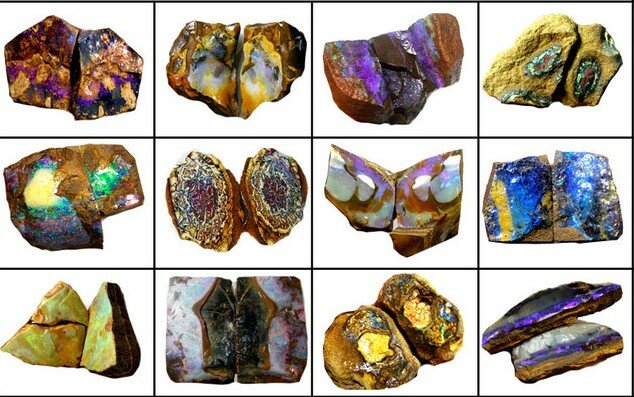
- For example, the stunning "Full Face" boulder, which is typically a completely clean opal surface with a natural ironstone backing.
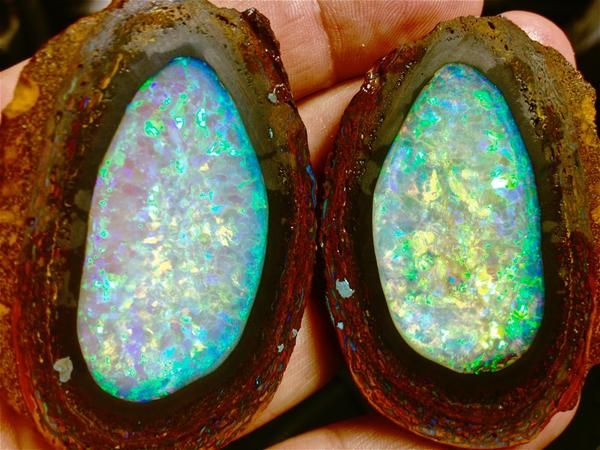

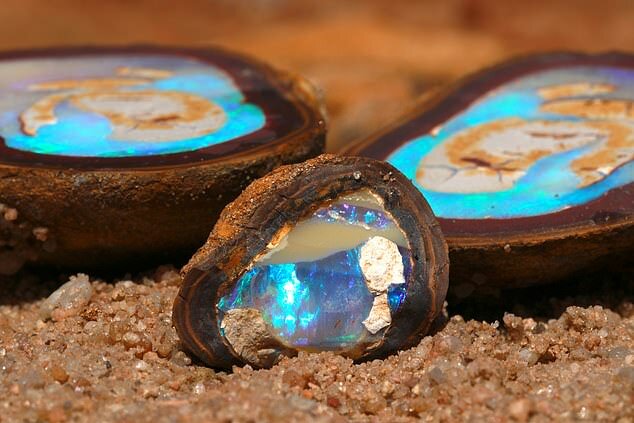
- Sometimes a boulder opal can produce beautiful pairs when the seam splits to reveal two sides of the opal from a single seam.
- Another view, when the rock is pierced with luminous lines - opal seams.

- Matrix boulder opal.

- Coroite boulder opal.

This material looks like a painting with opal weaved between contrasting colors of ironstone.
- Yova nuts also have their own unique shape, the ideal shape being an ironstone concretion (may vary in size) that contains an opal-filled void.
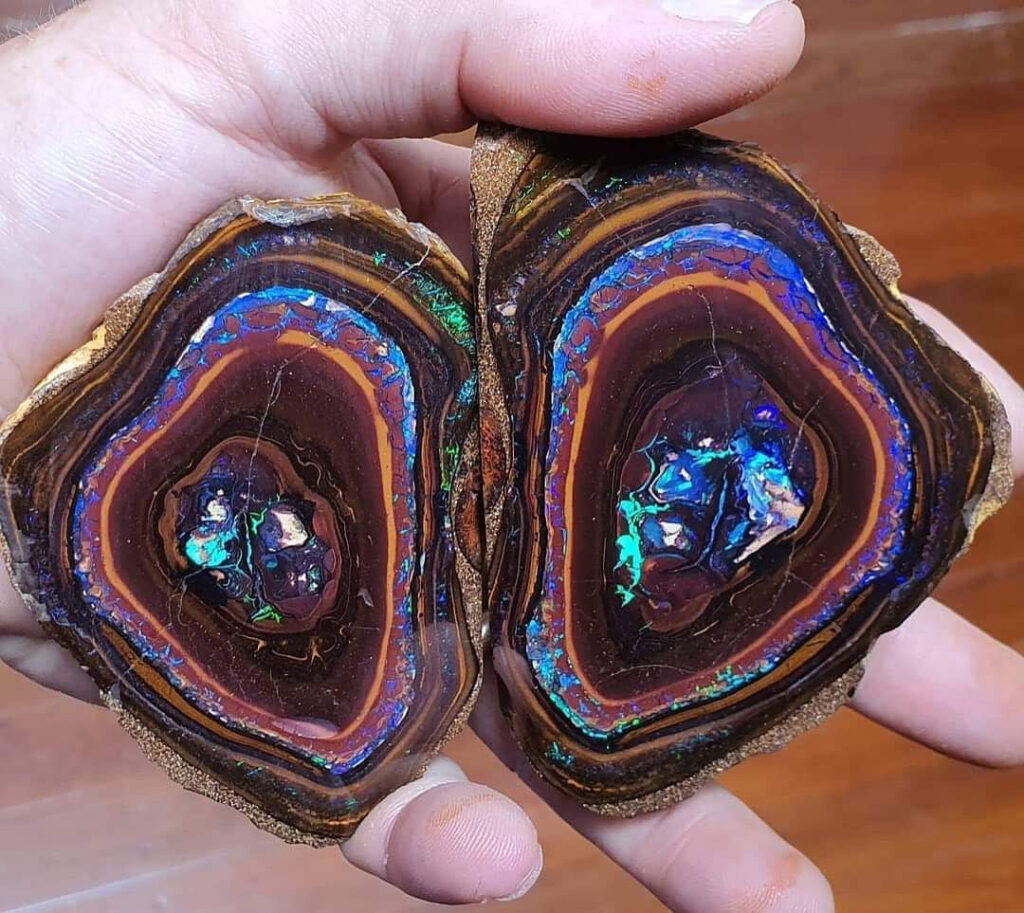
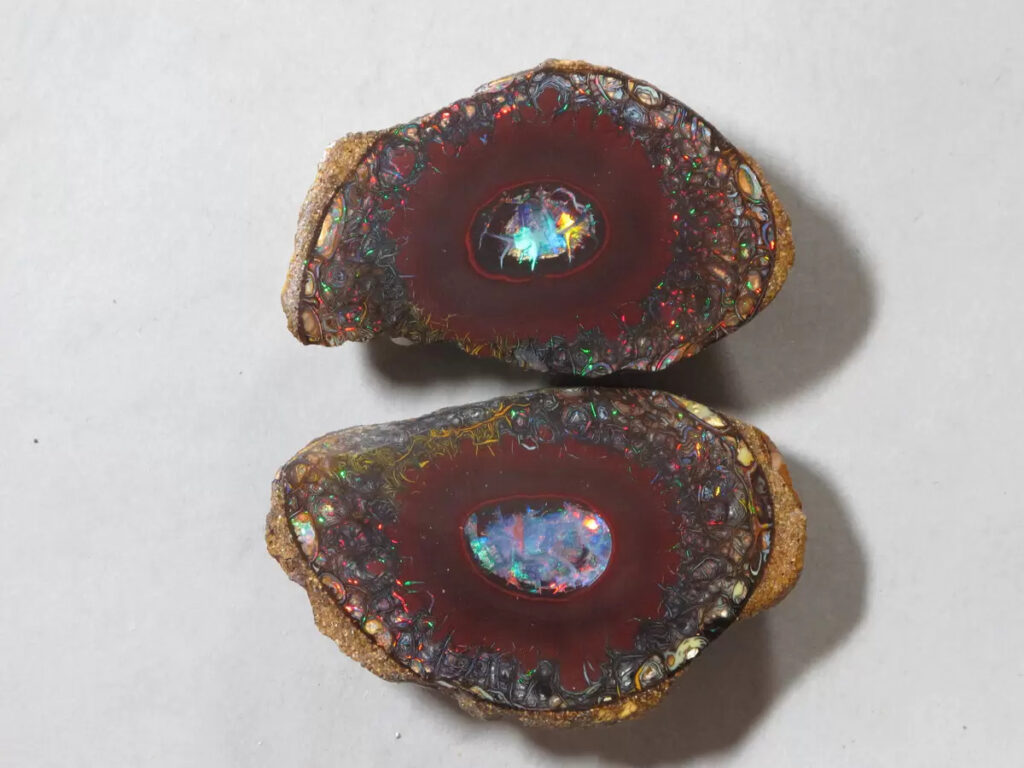
Interesting facts about boulder opal mining

Boulder opal can be mined both on the surface and underground. Ironstone concretions of various sizes are contained in a layer of soft sandstone. These concretions must be sawn or split to expose the opal.
"Casket" with large boulder opals mined and polished in Koroit. Miners call them "bubbles" because of their bumpy appearance.
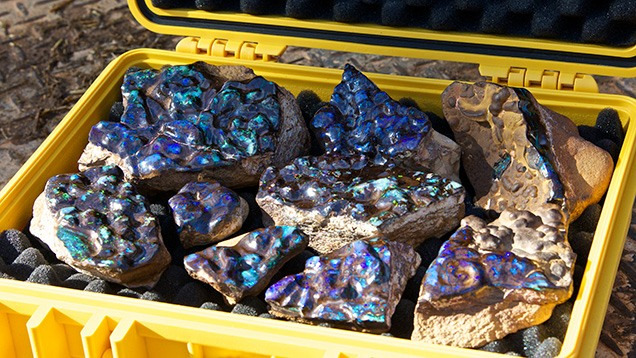
It's time to show exactly how boulder opal is processed. This is how a stone looks like, which is brought from the place of extraction to the place of processing in the bucket of an excavator. The initial cut is made with a circular saw.

Then the stone is broken, thus separating the concretion along the lines of natural formation ...
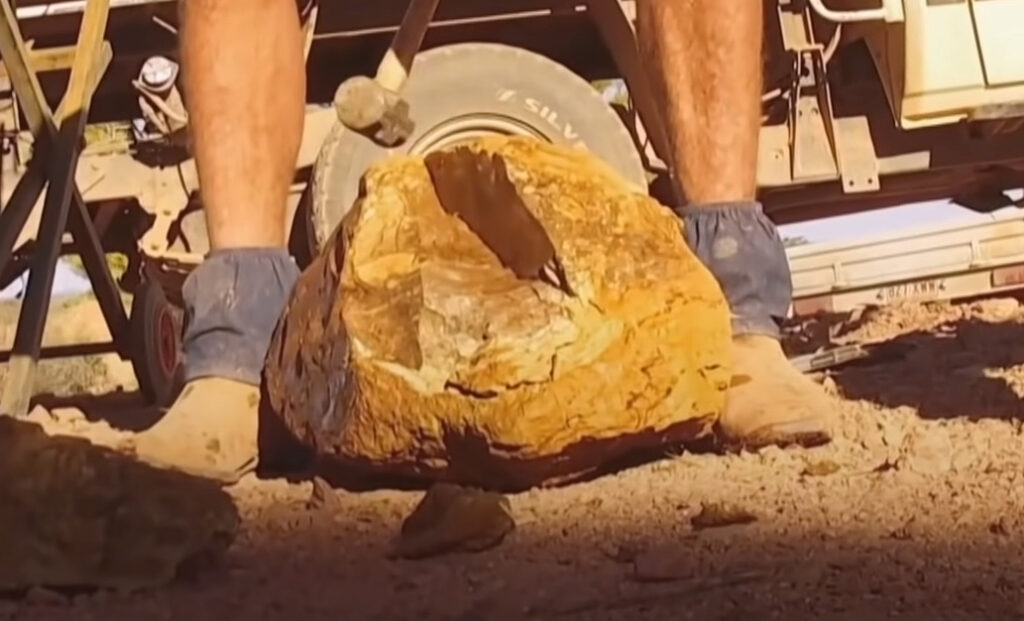

And the miners get to the precious "essence".
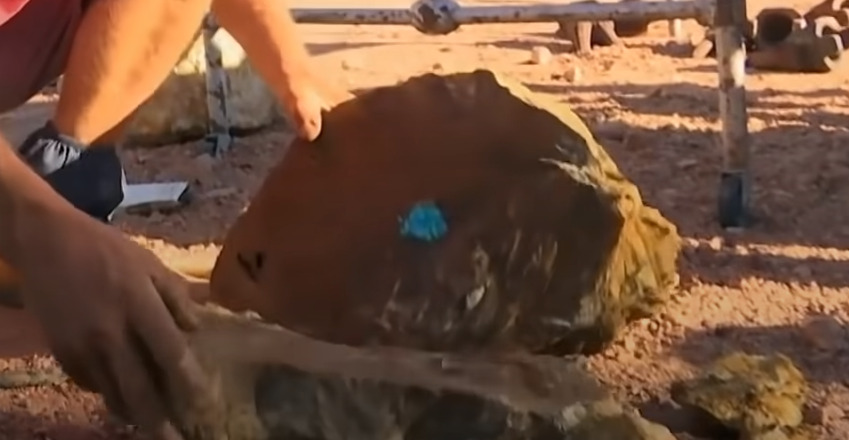
Opal is an amorphous quartz composed of silica anhydride and water SiO² + H²O; being a colloidal substance, it does not have a crystalline structure; when sawing, it will simply remain on the saw blade or crumble.
Working with opal is always jewelry work, it has a hardness of 6 on the Mohs scale, respectively, processing and polishing require special attention. Jewelers often try to leave the natural relief of the stone, removing all unnecessary:


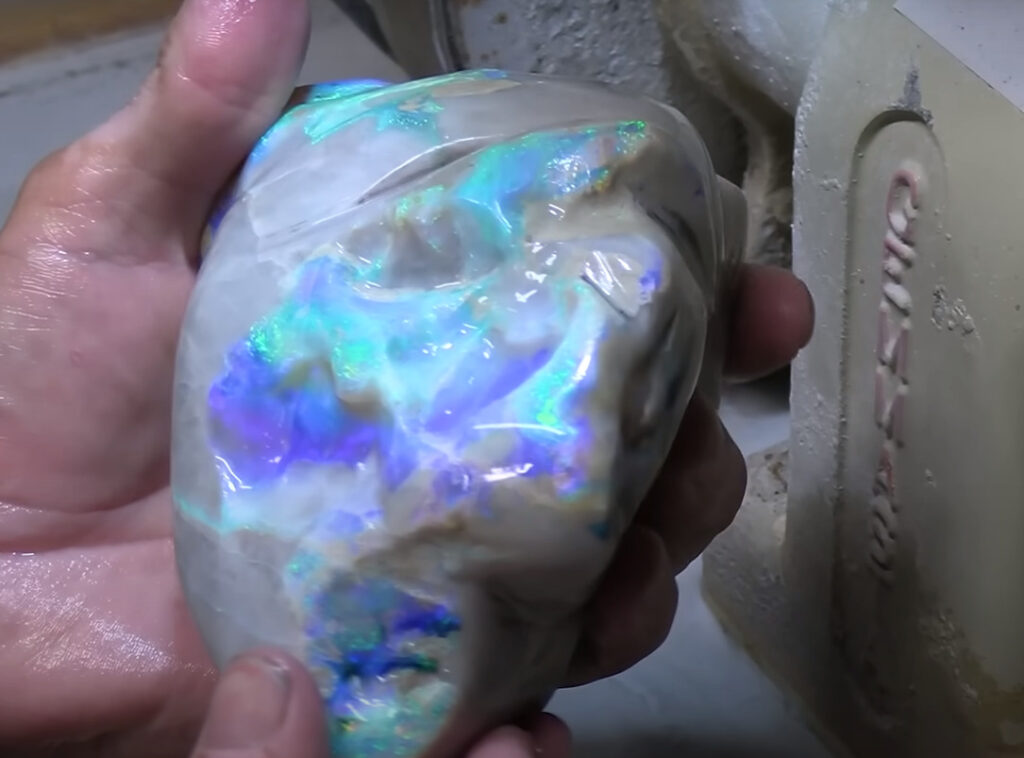
Boulder Opal: The cabochon shown in the four images below was cut from a stone containing a very thin layer of precious opal. The polishing was cleverly planned so that a thin layer of precious opal served as the face of the stone, while retaining a small amount of host rock to serve as a natural substrate.
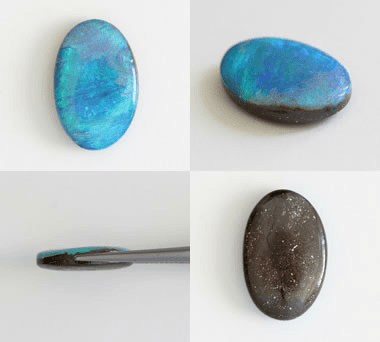
To tell if an opal is a boulder or a doublet, one must look from the side to see if the edge is wavy.
An opal doublet consists of a piece of opal glued to a black base and is intended to mimic the appearance of a solid black opal. Gluing a piece of opal to a black base makes the color much darker and brighter.
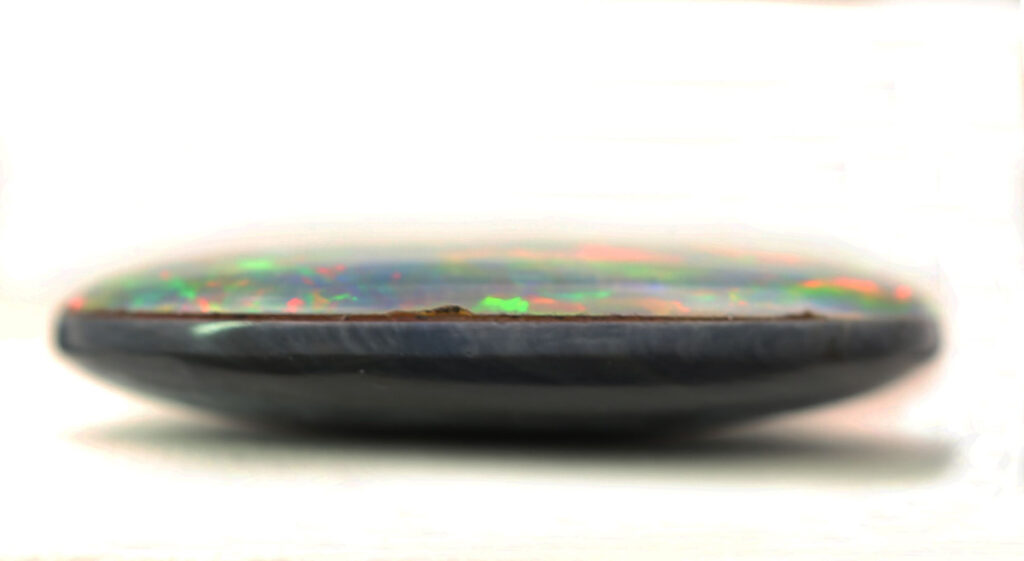
Opal doublets are popular as an inexpensive alternative to hard opals, which are very expensive in large sizes.
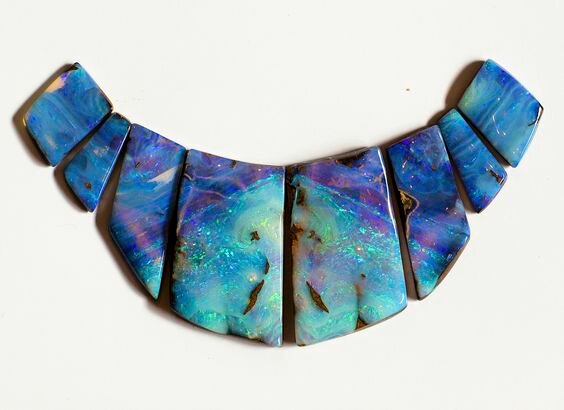
As for the video, the heroic deed of this miner is that he did not cut and sell this stone in small pieces for the sake of profit, but preserved its natural form, enabling people to see the wonders of nature!


